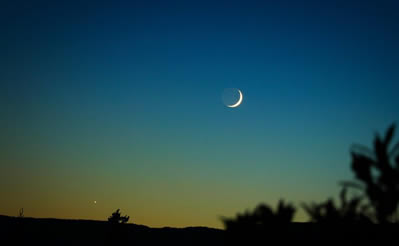
What is our shared understanding of traditional timekeeping?
Our communities have been tracking time since time immemorial. Our lunar, solar and Venusian calendars are among the most exact calendars achieved by any civilization. For the past thousand years Moon calendars have accurately determined ecosystemic and agricultural cycles. The precise recordings of Venus as morning and evening star have affirmed our ever-cyclic relationship with the cosmos above us and the underworld beneath.
Ancient diagrams of the cosmos show that cycles are conceived to come to completion where they began, thus reassuring the emergence of an equivalent cycle at a next level. Our communities have articulated this knowledge in a cyclic vision: indeed, the future was recorded in the past. In order to plan into the future, our ancestors studied the past, knowing that “the future was written in the ancient recordings.” According to our knowledge-holders, the most important agents of change are celestial bodies: their cyclical re-emergence is strongly correlated with climate changes, social changes and other natural phenomena.
To register and foretell history, our older brothers, the Maya, used cycles of thirteen K’atuns (twenty 360-day cycles). In this way, our ancestors knew in advance what would happen once the K’atun with the same name returned, i.e., they could foretell its influence. Our ancestors strove to understand these cycles because they felt they could minimize negative influences or enhance positive ones by planning actions and measures in agreement with the attributes of the returning K’atun.
